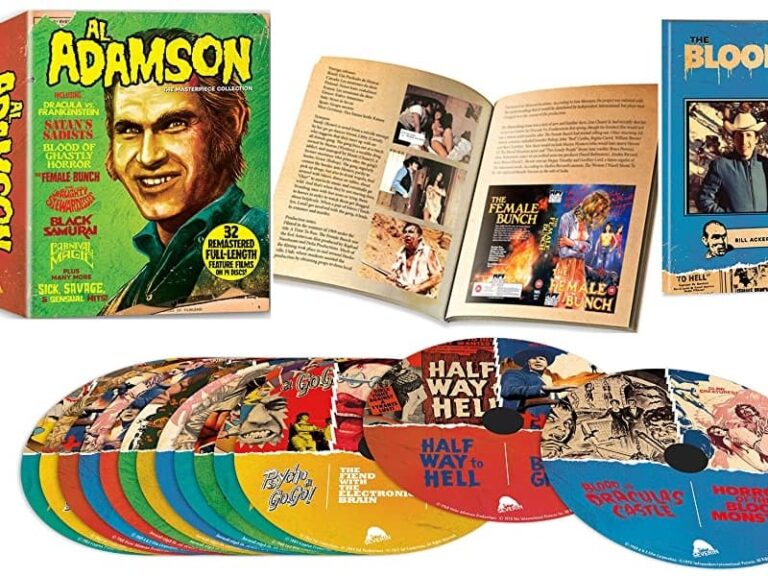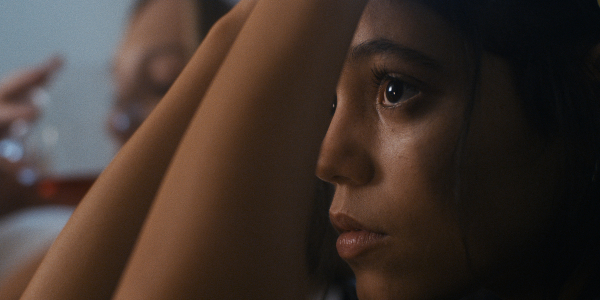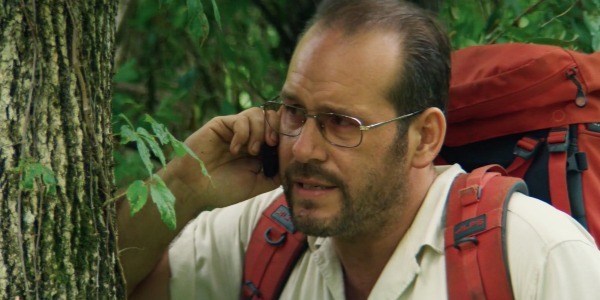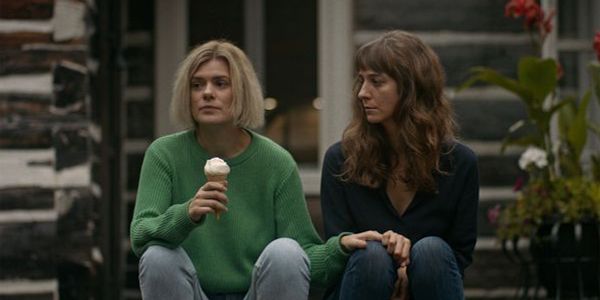BLIZZARD OF SOULS: The Makings Of Oscar-Bait
An article from the ‘Hollywood Reporter’ earlier this month suggested that Parasite’s major awards victories last year ushered in a wave of “weird” entries into the Oscar International Film category. The term “weird” was later changed to “genre” after backlash on Twitter which considered the wording to be alienating and condescending towards non-American films. I think this update works better than the previous version of the article which fetishized foreign films like abnormal peculiarities. It still didn’t hit the main issue with the Best International Film category, however, which is: the Academy Awards, by virtue of being a major voting body, must result in awarding films based on a group consensus, which will always exclude more polarizing cinema. Most movies submitted for the Oscars are still and always will be selected based on the potential for appeasing the voting body’s tastes. Latvia’s submission this year, a war epic titled Blizzard of Souls (or The Rifleman, a much better title, in other countries), is a great example of a foreign movie catered for Oscar-voting sensibilities and the risk-averse filmmaking that such catering promotes.
Beautiful Wrapping Paper on an Empty Box
Based on a novel by Aleksandrs Grins, the movie tells a coming-of-age story of a young rifleman named Arturs Vagars (Oto Brantevics) in the Latvian unit under the Russian Tsar who fight off a German army invasion during World War I in the Battle of Cesis. Blizzard of Souls looks sleek and picturesque – shot in digital 4K – with camerawork and lighting by Valdis Celminš that immediately calls to mind another World War I film, Steven Spielberg’s War Horse. In fact, director Dzintars Dreiberg and Celminš re-create many shots from Spielberg’s and even Terrence Malick’s war films in a mechanical and technically proficient manner that lacks much of the emotional heft those two directors and their respective DP collaborators, Janusz Kaminski and Emanuelle Lubezki, conjure.

What we get is sweeping shots of beautiful grassy plains, majestic snowscapes, and golden wheat fields, juxtaposing the beauties of nature with the horrors of war that Malick made so effective in The Thin Red Line. There is even a sequence of Arturs and his fellow soldiers crouching through the tall grass that mimics sequences from Malick’s masterpiece. Another shot of Arturs and his fiancé rolling in the grass is nearly shot-for-shot identical to Franz and Fani doing the same in Malick’s A Hidden Life. None of this would be an issue if Blizzard of Souls had any, you know, soul to begin with. This film spends its two-hour runtime doing a demo-reel for its cinematographer. Deriberg presents his inspirations and hints of what he is capable of as a filmmaker but sans any real vision or ethos beyond the cliché patriotism of the source novel, we just get a string of shots that would look epic as wallpaper for a computer.
No Guts, No Stakes
Blizzard of Souls is emotionless and stiff and as a patriotic war film, its political arguments are thoroughly confusing. While it posits an interesting conundrum that the Latvian people face being stuck between the German Keiser and the Russian Tsar’s oppressive regimes amid fighting for independence, none of its moral ambiguities are conveyed through any real stakes. The result is a film in which there’s no emotional investment in the characters’ survival because the stakes are never set and the narrative arcs are never established. If we are to believe that the movie hangs its hat on patriotism as a cause, it’s thoroughly unconvincing.

The same goes for the movie as a coming-of-age film. Arturs is hardly in any real danger and if he is, the camera and editing are more occupied with making his peril look like an epic blockbuster than giving him any humanity. An easy and unfair comparison to make would be how Elem Klimov’s Come and See, which also deals with youth fighting on behalf of a Russian nation-state against Germans, turns Belarus into a raging hell-pit that almost feels like a foreign planet as the movie goes on. Of course, Klimov’s idea was to make war seem like unrelenting torture, killing not only the physical body but the mind and soul and put us as complicit participators in its evil. Blizzard of Souls makes war look like a video-game or a glorious mural. The crescendoing score (by Batman Beyond composer Lolita Ritmanis), used so often throughout the film as an emotional crutch to make up for Brantevics who gives an awful, robotic performance, sounds nice but is just another ingredient that Dreiberg supposes would make his movie be taken more seriously.
Conclusion
That is the ultimate flaw of Blizzard of Souls – it’s a movie made up of things a good movie is normally made up of, but with no comprehensive thread to connect them or vision to carry them forward. It’s a cliché in the truest sense, taking the façade of a rousing Spielbergian drama with none of its spirit, and the ethereal visual design of a Malick film with none of its ardor. It’s a film designed, in the shallowest sense, with the Oscars’ voting body in mind.
Blizzard of Souls is currently playing at virtual cinemas across the U.S.
Watch Blizzard of Souls
Does content like this matter to you?
Become a Member and support film journalism. Unlock access to all of Film Inquiry`s great articles. Join a community of like-minded readers who are passionate about cinema – get access to our private members Network, give back to independent filmmakers, and more.
Join now!





